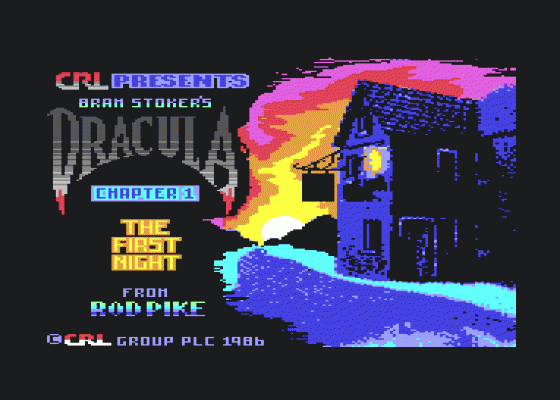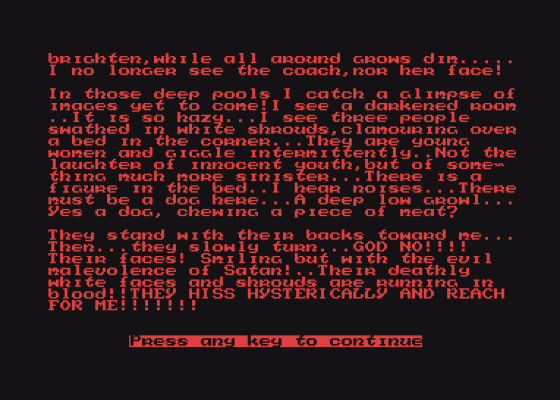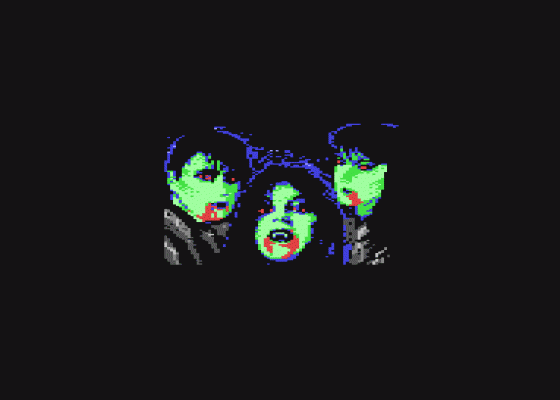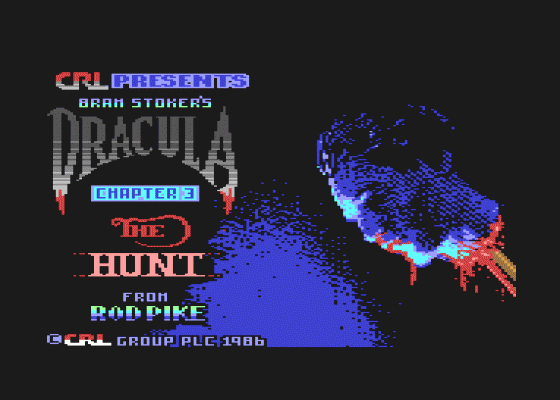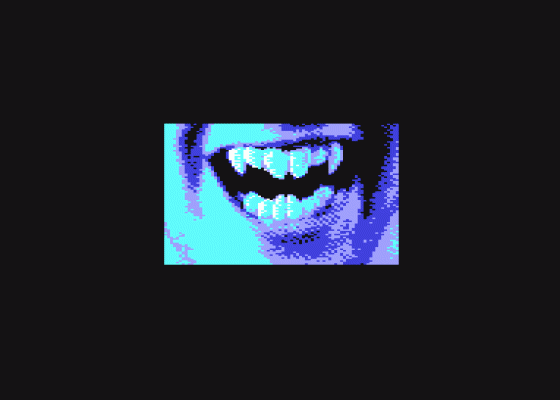Other Reviews Of Dracula For The Commodore 64/128
Dracula (CRL)
Gordon Hamlett gets his teeth into this fiendish game from CRL and sees whether they have scored a ghoul.
Dracula (CRL)
A review by Keith Campbell (C&VG)
Dracula (CRL)
A review by Keith Campbell (Commodore User)


 1st January 1987
1st January 1987

